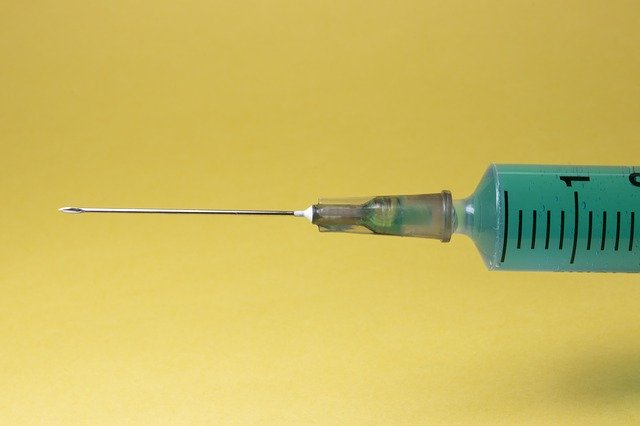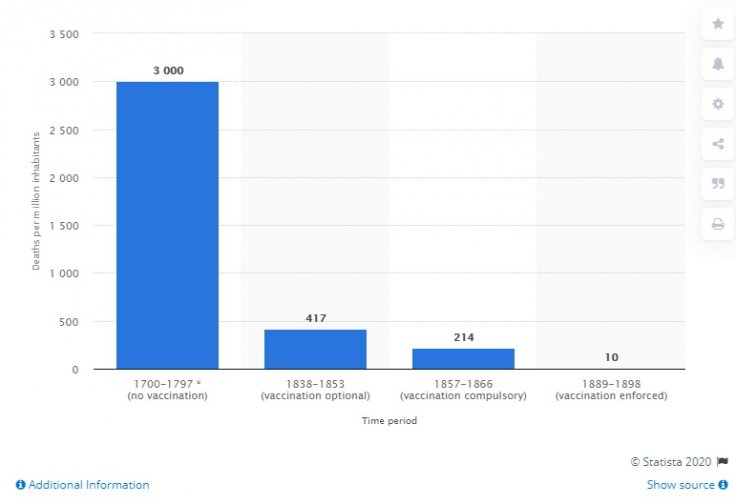Claims such as 'Vaccines can cause injury and death,' or 'vaccine mandates violate bodily autonomy,' have been appearing on several social media platforms, while the world's top scientists continuously are busy to find a potential COVID-19 vaccine to help billions of people. But such anti-vaccine movements are not new.
The development of vaccines is considered one of the top achievements of public health in the 20th century. But the critics of vaccination have been trying to sabotage such efforts since the 1700s. Despite the efforts from anti-vac movements, vaccines have eradicated smallpox, slashed child mortality rates, and prevented lifelong disabilities.
Changing the World

Smallpox is considered one of history's most feared illness, with a death rate of 30 percent. Early attempts to immunize people against the disease were reported in China as early as the 16th century.
Later, an English physician, Edward Jenner, hypothesized that prior infection with cowpox-- is similar to but much milder than the highly contagious and sometimes deadly smallpox disease-- might be responsible for the suspected protection against smallpox. This led him to start working with a series of experiments, which is now considered the birth of immunology, vaccine therapy, and preventive health.
In 1796, he took a sample of pus from the cowpox lesions on a milkmaid's hands and introduced the fluid into a cut on an eight-year-old boy. Six weeks later when Jenner exposed the boy to smallpox, he did not develop the infection then, or even after 20 subsequent exposures. Later, he collected evidence from 23 patients, infected or inoculated with the cowpox virus, to support this theory that immunity against the cowpox can provide protection against deadly smallpox infection.
Then finally the earliest vaccination was born and Jenner's vaccine became the major weapon to prevent smallpox around the world. The below chart can show how smallpox vaccination helped the world to change after the implementation between 1700 and 1898.

A French biologist, Louis Pasteur, in 1885 saved a nine-year-old boy's life after he was bitten by a rabid dog. The expert injected the boy with a weakened form of the rabies virus each day for 13 days and as a result, it was found that the boy never developed rabies. After the success, the therapy then transformed into a "rabies vaccine".
Vaccine Development in the 20th Century
In the first half of the 20th Century, the advancement in the science field led to an explosion of vaccinations that protected the humankind against whooping cough (1914), diphtheria (1926), tetanus (1938), influenza (1945) and mumps (1948). The list of vaccines later added polio (1955), measles (1963), rubella (1969).
Worldwide vaccination rates shot up dramatically thanks to successful global health campaigns and new manufacturing techniques. In 1980, the world was announced smallpox-free and it is considered one of the biggest vaccine success stories.
But currently, when the world is facing a severe health crisis due to the novel Coronavirus outbreak, anti-vaccine groups are again restricting the path of protecting public health. In April 2020, when the U.S. government imposed stay-at-home orders, anti-vac supporters raised their voice against such restrictions, PeterHotez, professor of pediatrics and molecular virology and microbiology at Baylor College of Medicine in Houston, Texas said, "This is just a fresh coat of paint for the anti-vaccine movement in America, and an exploitative means for them to try to remain relevant."









